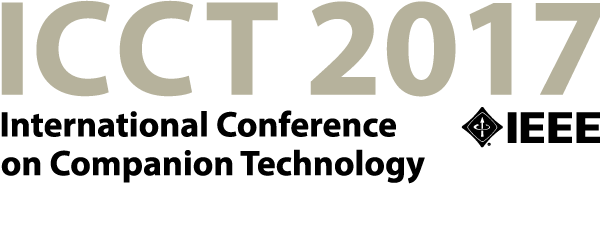Abstract
Companion technology extends its application to space exploration. In robotic exploration missions scientists and mission planners interact with the remote companion robot via increasingly richer interfaces, with a trend of creating for the scientist the perception it walks along the rover on a planetary surface and can seamlessly examine rocks fetched by the robot based on the gesture which he or she, as a virtual astronaut, indicates. In human flight mission, the on-board computer, increasingly intelligent, could act as a the on-board companion which interact with the astronaut which may descent on the planet surface.
During human space flights, companion robots are imagined to assist astronauts in a range of tasks, from extra-vehicular activities (EVA) to being their robotic surgeons. In surface exploration companion robots provide their superior perception and mobility to increase the value of the human-robot team and collaborate with astronauts in regular activities. The presentation explores these trends and emphasizes the importance of good understanding of the human intent, in which the ability to predict human actions and their outcome is critical.
Vita
Adrian has thirty years of R&D experience in autonomous systems, developing novel adaptive and learning techniques and embedding them into electronics and intelligent information systems, for applications ranging from measurement equipment to space avionics to robotics. He has done pioneering work in humanoid robot learning by imitation, shape-changing robots, hardware security, brain-computer interfaces including multi-brain fusion for joint decision making, shadow biometrics, human-oriented robotics. He is a Vice-President (Membership and Student Activities of IEEE Systems, Man, and Cybernetics Society). He founded 3 conferences: NASA/ESA Conference on Adaptive Hardware and Systems (AHS, since 1999), Emerging Security Technologies (since 2006) and the AT-EQUAL series (Advanced Technologies for Enhanced Quality of Life) which included the HUMASCEND conference (Human-Machine Systems, Cyborgs and Enhancing Devices 2011-2014). He is a NASA Innovative Advanced Concepts (NIAC) Fellow since 2013.
